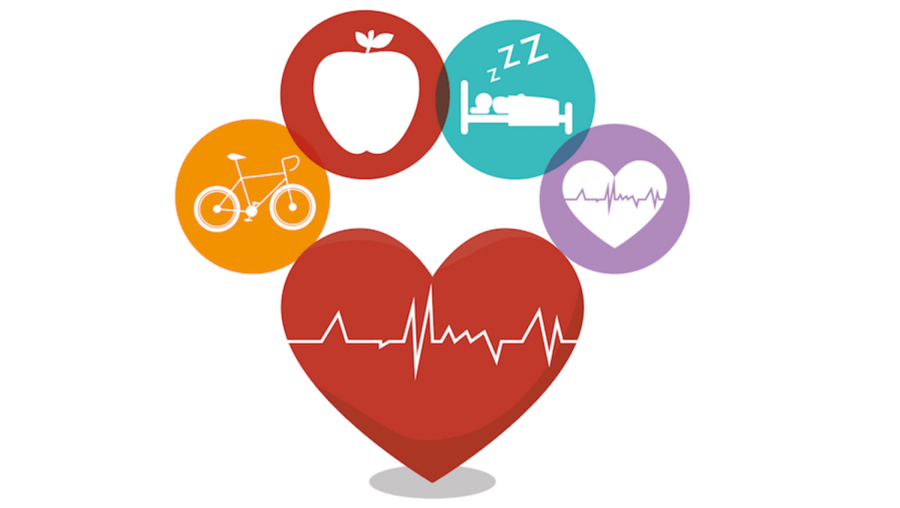Preventing Workplace-Related Health Issues: A Holistic Approach to Employee Well-being
Maintaining employee well-being is paramount for organizational success. This article explores the multifaceted nature of workplace health, applying relevant theories and models to provide practical strategies for mitigating common health risks. Key concepts addressed include the Job Demands-Resources (JD-R) model, the ergonomic principles of workplace design, and the importance of proactive health management based on the Health Belief Model.
Ergonomic Workplace Design and Musculoskeletal Health: Ergonomics, the science of fitting the job to the person, plays a crucial role in preventing musculoskeletal disorders (MSDs). Prolonged static postures, repetitive movements, and awkward working positions contribute significantly to MSDs such as carpal tunnel syndrome, back pain, and neck pain. Applying ergonomic principles involves using ergonomically designed furniture (adjustable chairs, keyboards, and mice), ensuring proper posture, and taking regular micro-breaks to change positions. This aligns with the JD-R model, by reducing job demands (physical strain) and promoting resources (comfortable work environment). Regular movement and stretching also help alleviate muscle fatigue and tension. Failure to address ergonomic issues can lead to lost productivity, increased healthcare costs, and potential legal ramifications.
Visual and Auditory Stress Reduction: Prolonged screen time and noise exposure are prevalent workplace stressors. The strain on the visual system from prolonged computer use can lead to eye fatigue, headaches, and blurred vision. Implementing the "20-20-20 rule" (every 20 minutes, look at an object 20 feet away for 20 seconds) is a practical application of the Health Belief Model, increasing perceived susceptibility and promoting self-efficacy in preventing visual problems. Similarly, excessive noise exposure can cause hearing loss. Implementing noise control measures (e.g., using earplugs or noise-canceling headphones) and taking regular breaks away from noisy areas are crucial interventions.
Stress Management and Mental Well-being: Workplace stress is a significant contributor to various health issues. The JD-R model highlights the importance of balancing job demands (workload, deadlines) with job resources (autonomy, social support). Implementing stress management techniques such as mindfulness exercises, deep breathing, and regular breaks is essential for reducing stress and improving mental well-being. Organizations can proactively support employee well-being by providing access to employee assistance programs (EAPs) and promoting a supportive work environment.
Maintaining Physical Health Through Lifestyle Choices: Proactive health behaviors are crucial for preventing workplace-related health problems. Staying hydrated, consuming a balanced diet, and getting adequate sleep are vital for optimal physical and cognitive functioning. These behaviors align with the Health Belief Model, where individuals are more likely to engage in health-promoting behaviors if they perceive the benefits outweigh the barriers. Organizations can support this by providing healthy food options in the workplace and promoting a culture that values employee health and well-being.
Hygiene and Infection Control: Maintaining proper hand hygiene through frequent handwashing with soap and water or using hand sanitizer is crucial for preventing the spread of infectious diseases. This is a basic but effective application of the germ theory of disease. A clean and organized workspace also contributes to a healthier work environment.
Proactive Communication and Seeking Professional Help: Open communication with supervisors is essential. Employees should not hesitate to express concerns about workplace health issues. This proactive communication facilitates early intervention and problem-solving, preventing the escalation of minor issues into major health concerns. Seeking professional help from healthcare providers for persistent health problems is equally critical for appropriate diagnosis and treatment.
Conclusions and Recommendations
Addressing workplace-related health issues requires a multi-pronged approach incorporating ergonomic design, stress management strategies, proactive health behaviors, and open communication. By implementing the strategies outlined above, organizations can significantly reduce the risk of workplace-related health issues, improving employee well-being, productivity, and reducing healthcare costs. Further research should focus on developing and evaluating tailored interventions based on specific occupational settings and employee demographics. Future studies could also explore the long-term effectiveness of different workplace health promotion strategies and their impact on employee retention and overall organizational performance. A crucial aspect is evaluating the cost-effectiveness of these interventions to demonstrate their value to organizations.
Reader Pool: Considering the multifaceted nature of workplace health, what additional factors beyond those discussed should organizations prioritize to create a truly holistic and effective employee well-being program?







